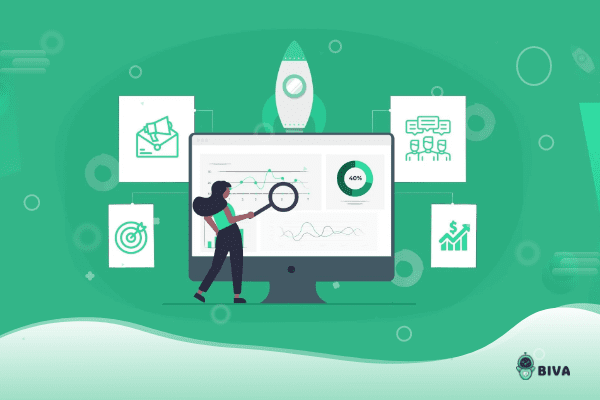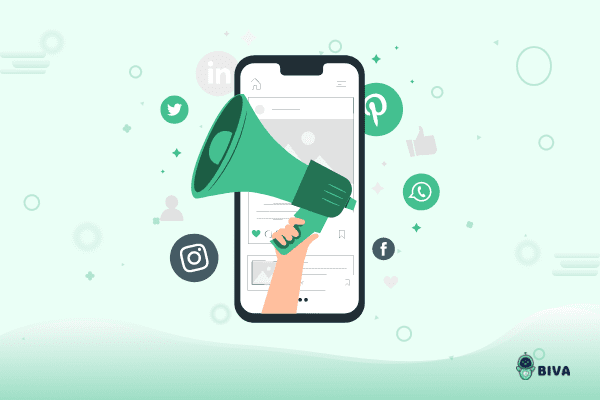
With Spring around the corner, new product launches are just waiting to happen. Coming out of last year, customers’ expectations and perceptions of their wants and needs have changed.
While one section is ready to embrace the new with ease, the rest are very hesitant and want to have a concrete reason or aim before making a purchase.
Retailers should position their new collections in accordance with the type of customers they want to target and portray a clear image.
That doesn’t mean they have to redo the work which has already gone into product development, but they should consciously align and highlight the key features of their products for the customers to connect to.
In that context, they have to break down their activities into three phases: pre-launch preparations, product launch, and post-launch assessment.
While each phase has its own importance and activities to be carried out – there are a few elements that shouldn’t be overlooked. We will go over the details of such pointers to help with successful product launches.
Here specifically discussed are pre-launch activities.
Draft a Clear Message Regarding the Product:
Though stating the primary purpose of a particular product is sometimes limiting in terms of reach, in current times that is a must-have as customers want answers to ‘why’. The critical characteristics which differentiate the product from others will then become very obvious and marketers can then highlight how they are enabling their customers to access it easily.
If this strategy doesn’t apply to a particular brand, probably because of their wide range of target audiences or a wide range of products, it is advisable to make multiple messages, each targeting a specific type of audience for better reach.
Soft Launch the Product:
It has now become mainstream to give early access to existing loyal customers to the campaigns, and that serves two major purposes. One, the customers feel privileged and well-treated by the brand for their continued loyalty. Second, it gives the business feedback regarding how their new products are perceived by the customers who are more likely to purchase. When planned appropriately, this will help the brand work out the logistics of the supply chain for the very popular products.
Build a Marketing Strategy:
Marketing is everything in a product launch, as it can make or break the deal. Hence it is important to decide what platforms (Email, Search Ads, Social Ads) and strategies (discounts, referral programs, or influencer marketing) to use way before the launch date.
However, it is crucial to use a blend of different marketing strategies and platforms while reaching the target audience as users in various stages of the funnel require specific messages at specific times. For instance, search ads (Google, Bing) allow showing products to users actively searching for them, whereas social ads introduce products to users who fit certain targeting criteria, catching their interest and generating demand.
Be Ready with Dynamic Messaging:
Once marketers launch the campaign and expose it to multiple marketing platforms, it is important to monitor the browsing and purchase behavior of the target audience and dynamically change the messaging to sustain the people’s interest.
To avoid delays in such scenarios, marketers should come up with versions of messaging beforehand. For instance, if a particular product variant goes out-of-stock on the 2nd day of a 10-day campaign, they need to be ready to flash a message saying the brand is restocking and customers can pre-order with a slightly longer delivery window.
That way, marketers do not lose the prospects because of the unavailability of the product they are interested in, and the brand has also successfully served the entirety of their audience.
It’s a win-win for both customers and the brand.
Drive Social Engagement:
Having a social presence is a must in today’s world. This channel enables the customers to reach out to brands for immediate help and also to interact with other like-minded users. Brands should establish a process to communicate and be accessible to make their customer relationship more personal and real.
Also, brands should carefully choose the influencers they want to work with because the alignment of both images is essential for authenticity for the message to reach appropriately.
Create Product Launch Landing Pages:
Landing pages are the first window to the new product information, and they should be crafted carefully to fulfill the needs of a range of audiences. While basic information of the new collection, clear-cut CTA, and access to other relevant links are a must-have, brands can also get creative here. They can include social proofing information, a timer for the campaign duration, and quick stats of the popular or best-selling products.
Ready Customer Service Team:
No product launch ever happens without a spike in customer support calls – whether it is regarding shipping or the product itself.
E-retailers can ready the customer service team ahead of the launch by training them on the product usage, features, buyer personas, etc. This will definitely reduce the disconnect between different business functions and increase customer satisfaction tremendously.
Final Word:
While new product launches can be stressful, having perfect pre-launch strategies in place can give retailers the momentum to keep things going.
Retailers can use the above well-crafted suggestions while in the pre-launch phase and minimize the pitfalls they might have to overcome once they take the product to customers.
Related Posts
Marketing Ideas
Product Foundations



